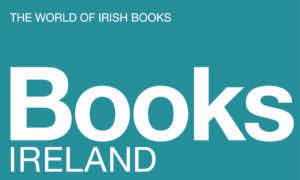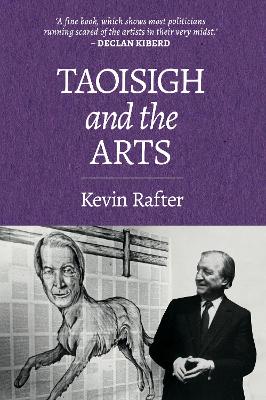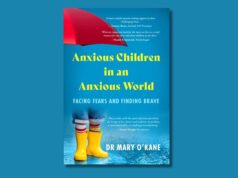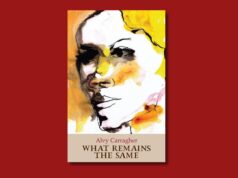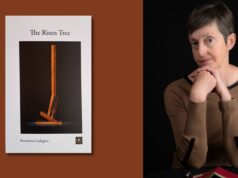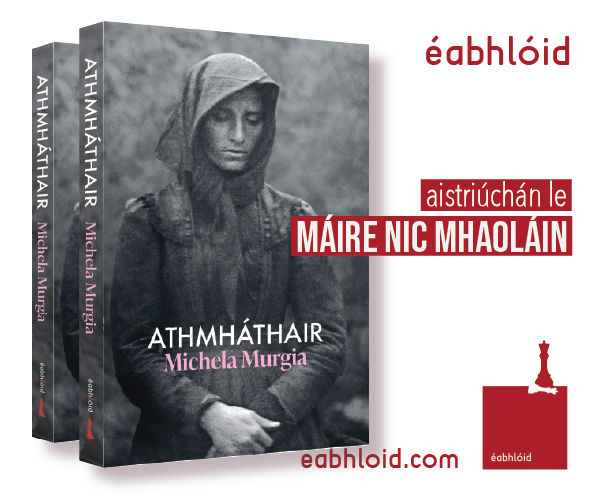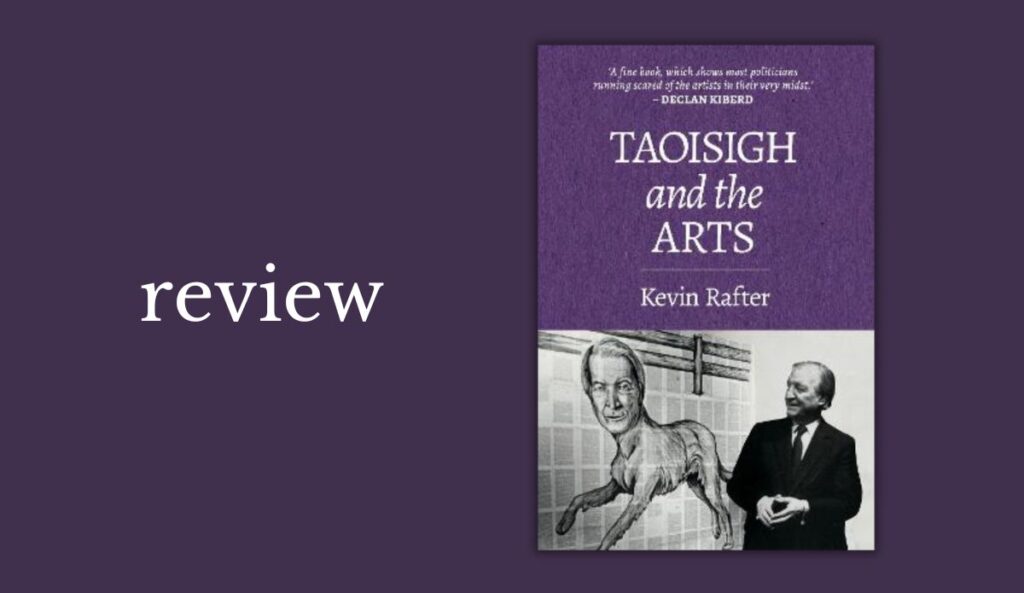
Taoisigh and the Arts|Kevin Rafter|ISBN:978-1-99989-688-1|Martello|€11.99
“This book should be in the in tray of all Irish politicians, especially if they are—or aspire to be—Taoiseach.”
–John Kirkaldy on Taoisigh and the Arts, by Kevin Rafter
by John Kirkaldy
This book is a mirror image of the arts in Ireland since 1922. It looks at the role of successive Taoisighs and Irish governments to promote and encourage the arts through financial support. (The answer in some cases is not much.)
It also highlights how artists in their turn sometimes viewed political life: often not very kindly, and sometimes downright rudely. The result is a lively and very readable canter through a century of interaction.
Kevin Rafter is in an excellent position to analyse this relationship. He is Full Professor of Political Communication at Dublin City University and has been Chair of the Arts Council of Ireland since June 2019. With a background in journalism and broadcasting, he has authored and edited several books.
Censorship
Irish writers were until fairly recently controlled by very strict censorship, founded on deeply conservative Catholic beliefs. Rafter comments: ‘The proscribed list eventually contained the A to Z of twentieth-century literature…Among those local writers banned were Austin Clarke, Benedict Kiely, Liam O’Flaherty, Séan O’Faoláin, Frank O’Connor and Kate O’Brien.’
Éamon de Valera and William T. Cosgrave, the first two Taoisigh, may not always have agreed politically but they shared a similar view of the arts and government funding. Both were staunch Catholics and were keen that the arts would project a traditional view of Ireland, especially in America.
Rafter argues that ‘De Valera adhered strongly to the view that the arts were a luxury which the country could not afford.’ Both showed little interest in the arts on a personal level and their policies had a lasting impact.
O’Faoláin commented about the censors on the Irish Censorship Board: ‘None of them has ever written a piece of fiction, a play, or a poem.’ O’Brien attacked the ethos of De Valera’s Ireland in several of her novels, some of which were banned.
Charles Haughey
Things began marginally to change in the 1950s. John A. Costello had a genuine interest in the arts and was a key figure in the founding of the Irish Arts Council in 1951—but it only had an annual budget of £20,000. Censorship continued, as, for example, in the 1951 banning of J.D. Salinger’s Catcher in the Rye, which subsequently became a text in the Leaving Exam!
It will come as no surprise to find that the figure that dominates the second half of the book is Charles Haughey. Seán Lemass and Jack Lynch had little time personally for the arts and handed over responsibility to Haughey (Lemass’ son-in-law).
Opinion on Haughey is divided, and his views on the arts are difficult to separate from other issues surrounding his career.
Rafter suggests that he did have a genuine appreciation of the arts and liked the company of artists. He did undoubtedly enjoy the image of a Medici patron, but gave strong support to controversial projects, such as the Rosc art exhibitions. Haughey relished buying and promoting art works. On his first day in government in 1982, he summoned the Director of the National Gallery, to replace the paintings in the Taoiseach’s office.
Two important initiatives pioneered by Haughey have had a lasting impact on artists: the tax exemption scheme, and Aosdána, which offers some financial support (interesting to note cross party support for this from Garret FitzGerald).
On his death, despite all the controversy, two leading Irish poets, Paul Durcan and Brendan Kennelly, expressed their admiration for Haughey. Others, like Sebastian Barry’s play Hinterland, a thinly disguised attack, were deeply critical.
Dramatic change
The arts and Ireland have changed dramatically since the 1970s. A number of shock waves have had a lasting impact: The Troubles; the Celtic Tiger; scandals in the Catholic Church. Ireland is a far more liberal society, and has witnessed changes in laws on abortion, divorce and contraception. In over 30 years, only one book has been banned.
In 1982, Ted Nealon was appointed as Minister for State with responsibility for Arts and Culture. In 1993, Michael D. Higgins, an established writer and poet, was appointed to the same position but also including the Gaeltacht; in 2011, he was elected President. In 2022, the Arts Council Budget is €130m.
Important questions
Like any good polemic, Rafter’s book raises a number of important issues. How important/relevant are the arts in contemporary society? How much should government support them and in what form? What about ‘minority’ art forms, such as ballet, opera and poetry? A quarter of Ireland’s population lives in Dublin; how can the arts reach those in the sticks?
The author states his concluding views with gusto: ‘First, there is need to challenge—and challenge again—the long-standing and influential viewpoint that State support for the arts is money lost…Second, the history of Ireland’s political engagement with the arts also shows the importance of having an independent development agency where funding decisions are at arm’s length from both the political and government systems…Finally, we need to accept in these years of centenary commemorations that the State has for most of its existence failed the arts.’
He ends on a positive note with the improved funding over the last few years. ‘We can only hope there will be no backsliding in the future, rather only additional support for artistic endeavour.’
This book should be in the in tray of all Irish politicians, especially if they are—or aspire to be—Taoiseach.

John Kirkaldy has a PhD in Irish History, worked for many years with the Open University and has been reviewing for Books Ireland since 1980.
He has contributed to three Irish history anthologies, a school textbook, and has been involved in a number of Open University History documentary series. Aged 70, four years ago, he went round the world on a much delayed gap year described in his book, I’ve Got a Metal Knee: a 70-Year Old’s Gap Year.
